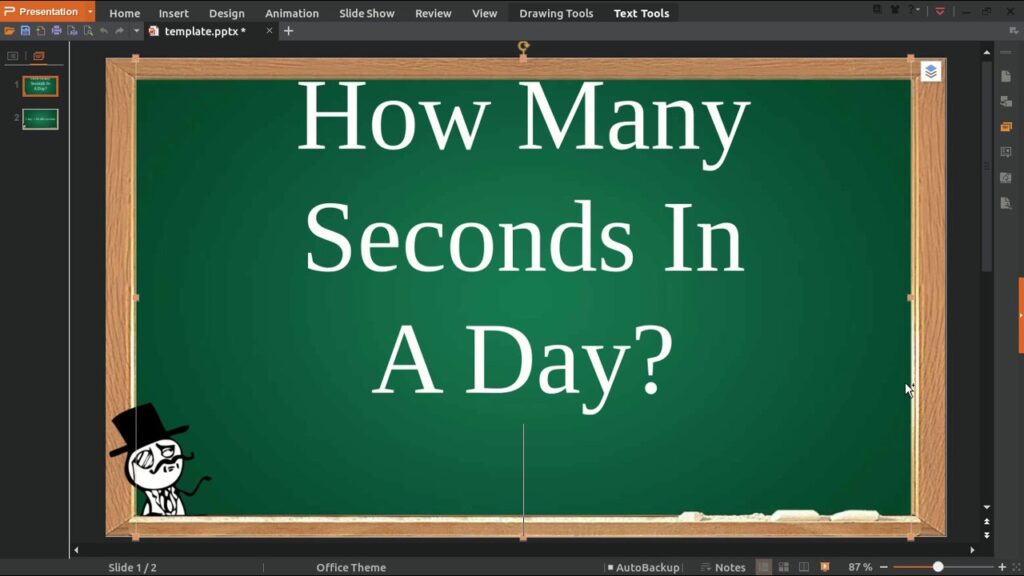How Many Seconds Are in a Day? A Deep Dive into Time Measurement
Have you ever looked up at the sky and marveled at the constant passage of time? Days seem to fly by, yet sometimes, a single minute can feel like an eternity. But how do we quantify these seemingly intangible units of time? This article delves into the fascinating world of time measurement, specifically focusing on how many seconds are in a day and the intricate relationship between these units.
The Basics: Seconds, Minutes, Hours, and Days
Our modern system of timekeeping relies on a base-60 system, meaning each unit is divided into 60 smaller units. This system likely originated from the ancient Babylonians, who used a sexagesimal system for astronomical calculations.
- Second (s): The fundamental unit of time in the International System of Units (SI). Originally defined as 1/86,400th of a solar day, it is now defined based on the incredibly precise vibrations of a cesium atom. There are 60 seconds in a minute.
- Minute (min): Composed of 60 seconds. Minutes are used to measure shorter durations and often serve as a convenient unit for everyday activities.
- Hour (h): Consists of 60 minutes or 3,600 seconds. Hours are a fundamental unit for scheduling our daily lives and tracking longer periods.
- Day (d): Traditionally defined as the period of one rotation of the Earth on its axis, resulting in the alternation of daylight and nighttime. However, the Earth’s rotation is not perfectly constant, so for scientific purposes, the day is defined based on the movement of the stars. There are 24 hours in a day.
Therefore, to answer the initial question:
- There are 86,400 seconds in a day. (24 hours/day * 60 minutes/hour * 60 seconds/minute)
Beyond the Basics: The Intricacies of Timekeeping
While the basic conversion between seconds, minutes, hours, and days seems straightforward, there are some nuances to consider:
- Sidereal Day vs. Solar Day: A sidereal day is the time it takes for the Earth to complete one full rotation relative to the stars. It is slightly shorter than a solar day, which is the time it takes for the Sun to return to the same position in the sky. This difference arises because the Earth also orbits the Sun during its rotation. The difference is approximately 4 minutes.
- Leap Seconds: Due to the Earth’s slightly irregular rotation, a solar day can vary by a fraction of a second. To maintain synchronization with celestial timekeeping, leap seconds are occasionally inserted into Coordinated Universal Time (UTC). These are rare occurrences, happening only a few times a year.
The Importance of Time Measurement in Everyday Life
From scheduling meetings to cooking meals, time measurement permeates our daily activities. It allows us to:
- Plan and organize our lives: Days, hours, and minutes provide a framework for structuring our schedules and ensuring we complete tasks efficiently.
- Coordinate activities: Time measurement facilitates communication and ensures everyone involved in an event or project is on the same page.
- Track progress and performance: Whether monitoring workout times or deadlines, time measurement allows us to assess our progress and make adjustments as needed.
- Navigate the world: Time zones and timetables ensure smooth travel and communication across vast distances.
The History of Time Measurement: A Journey Through the Ages
The concept of timekeeping has fascinated humanity for millennia. Here’s a glimpse into its evolution:
- Ancient Civilizations: Early civilizations used sundials to track the passage of time based on the Sun’s position. Hourglasses and water clocks were also developed to measure shorter durations.
- The Mechanical Clock: The invention of the mechanical clock in the 14th century revolutionized timekeeping by allowing for more precise measurement of hours and minutes.
- The Pendulum Clock: In the 17th century, the pendulum clock provided even greater accuracy by utilizing the swinging motion of a pendulum to regulate the clock’s rate.
- Quartz Clocks: The 20th century saw the development of quartz clocks, which are incredibly accurate due to the stable vibrations of quartz crystals.
- Atomic Clocks: Modern timekeeping relies on atomic clocks, which are the most precise timekeeping devices ever created.
Frequently Asked Questions (FAQ)
1. Why do we use a base-60 system for timekeeping?
The exact reason remains unclear, but theories suggest it might be due to the ease of dividing 60 into smaller whole numbers (2, 3, 4, 5, 6, 10, 12, 15, 20, 30).



